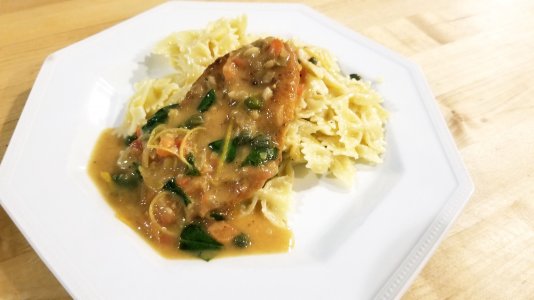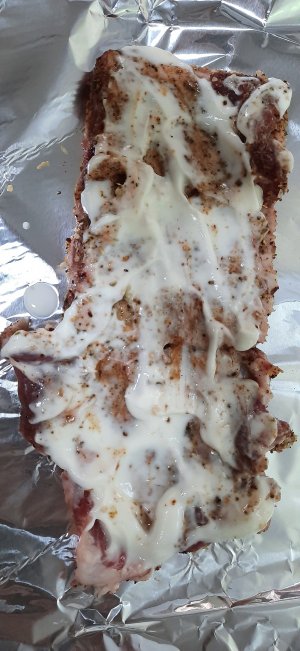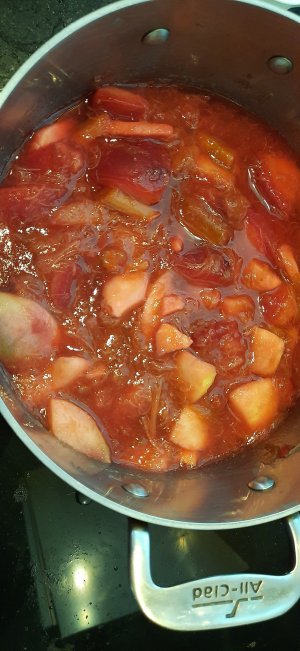Does anyone use star anise tea? I've started adding to my soups and thinking of grinding and taking it in capsule form. If you look at what is in the star anise it might be beneficial for plants.....Licorice is in pretty much all the traditional Chinese medicine baskets.
Health Benefits of Anise
Written by
WebMD Editorial Contributors
Reviewed by Jennifer Robinson, MD on September 14, 2022
IN THIS ARTICLE
Anise seed, or
Pimpinella anisum, is a powerhouse of a spice. You probably know it by its strong licorice flavor. It’s a key ingredient in liquors like orzo and absinthe, and in holiday cookies like Pfefferneusse and Springerle.
Anise's use in cooking dates back to the ancient Egyptians, though it was the Romans who ate anise seed cakes after meals to ease digestion. Anise is also a traditional digestive aid in India, where people also know it as a breath freshener.
Anise is easy to grow in the garden, where it serves as a natural insecticide. But it’s after harvest when it can really go to work for you nutritionally.
Health Benefits
Anise is a folk remedy around the world, used for everything from coughs and colds to stomach problems. Scientists are starting to figure out the chemical processes behind these benefits and identify even more uses for anise.
Blood Health
Anise seed contains relatively high concentrations of iron, which is an essential component of a red blood cell protein called hemoglobin. If the hemoglobin in your blood doesn’t contain enough iron, it can’t do its job of transporting oxygen to your body tissues. Ongoing lack of iron can lead to iron-deficiency anemia, which causes symptoms like:
- Weakness
- Fatigue
- Trouble concentrating
- Digestive issues
- Poor body temperature regulation
Eating foods rich in iron, like anise seed, can keep your blood healthy and reduce your risk of iron deficiency anemia.
Depression Treatment
Several studies have shown that anise seed can reduce the symptoms of
clinical depression. In mice, anise relieved symptoms of depression as effectively as two commonly used antidepressants.
More human studies need to happen, but some research has shown promising results for anise oil in treating depression related to irritable bowel syndrome.
Digestive Health
About one in every 10 people in the US have
peptic ulcers, which are painful breaks or holes in the lining of the stomach or upper small intestine. Traditional medicine practitioners in India and the Arabic world have used anise to protect against ulcers for generations.
Western researchers have also found that anise can reduce stomach acid in rats and protect the stomach lining against damage. But we need more research to understand how well anise works in human stomachs.
Menopause Symptom Relief
Although it’s a natural part of the aging process in women,
menopause can cause uncomfortable symptoms including hot flashes. Early research shows that anise can reduce the frequency and severity of hot flashes, possibly by mimicking the effects of estrogen in the body.
Further research still needs to happen to confirm this process and determine if anise can relieve other symptoms of menopause.
Skin Health
Test tube studies have shown that anise can inhibit the growth of certain infection-producing fungi. One fungus affected is the yeast
Candida albicans, which causes vaginal yeast infections and thrush. More research is necessary to find out whether anise can fight the growth of
Candida albicans and other fungi in humans.
Nutrients per Serving
One teaspoon of anise makes up a serving, though you might not always use the full teaspoon in a recipe. When you do use the full teaspoon to create a dish, you distribute the anise seed throughout the food. Unless the dish is a single serving in itself, each person will only be consuming a percentage of the beneficial anise seed.
A full teaspoon of anise seed includes the following:
- Calories: 7
- Protein: 0g
- Fat: 0g
- Carbohydrates: 1 g
- Fiber: 0g
- Sugar: 0g
Anise seed also contains several beneficial nutrients, including:
- Iron
- Calcium
- Magnesium
- Manganese
- Phosphorus
- Potassium
- Vitamin A
- Vitamin C
- Zinc
How to Prepare Anise
You can buy ground or whole anise seeds from a grocery or spice retailer, or you can grow anise plants yourself. Anise grows best in full sun and soil with good drainage.
You’ll need about 120 frost-free days to get usable seeds. For most people, that means starting the growing process indoors.
You can use anise to prepare tea, which some people believe can ease the symptoms of coughs and colds. Most anise recipes you find, though, will be for cookies and other sweets. There are plenty of recipes out there, so have some fun experimenting.














